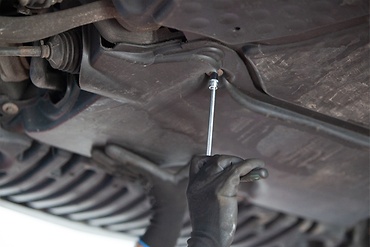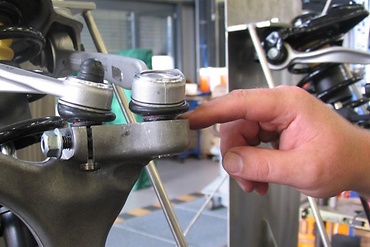The top fastening of the suspension strut is attached to the chassis via the strut mount – also known as the suspension strut mount. Since the strut mount must have both a damping force and a rotatable mounting for unhindered steering resetting, there are strict requirements for its function and wear resistance. Checking the strut mounts on a regular basis will ensure the vehicle is safe.
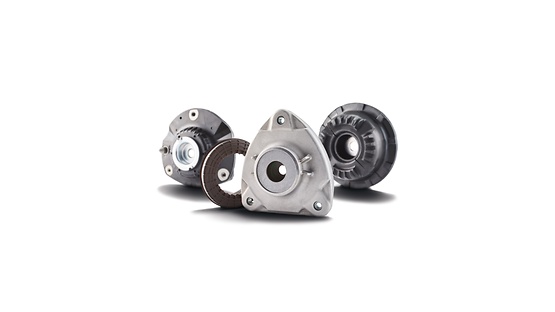
A worn or defective strut mount can be recognized by various symptoms. These include:
- Squeaking during spring movements of the chassis
- Poor cornering
- Crackling noises during steering wheel movements
- Restricted resetting of the steering after cornering
- Knocking sounds when driving over uneven surfaces
If the suspension strut mount has been checked and a defect has been detected, it should be replaced as described below. Like other chassis components, suspension strut mounts should always be replaced in pairs.
How-to-guide

First, raise the vehicle using a two-pillar hoist and remove the wheels from the axle.
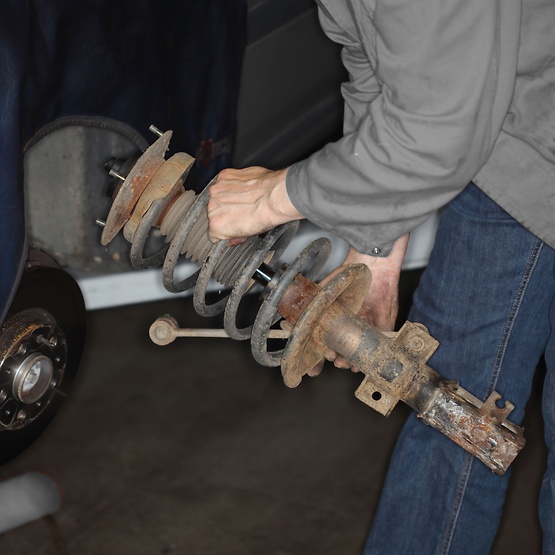
Remove the suspension strut according to the vehicle manufacturer's specifications and clamp it in an appropriate fixture.
Warning: Risk of serious injury caused by the sudden release of springs. Always use a suitable spring tensioner.

Compress the suspension spring using a spring tensioner until it is released from the seat of the suspension strut mount.
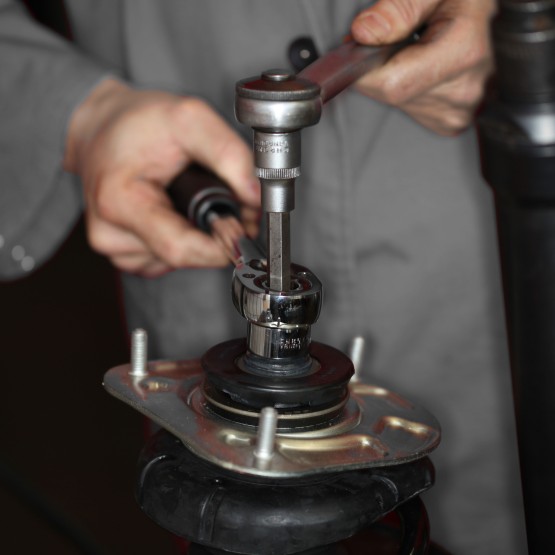
The nut on the damper connecting rod can now be removed. To do this, the connecting rod must be held securely using a suitable tool. Then the old strut mount can be removed.

Position the new strut mount in its installation position. In doing so, check in particular that the lower part of the mount is seated correctly on the suspension spring.

Fit all bolts and fastening components and tighten the lock nuts to the torque specified by the vehicle manufacturer.
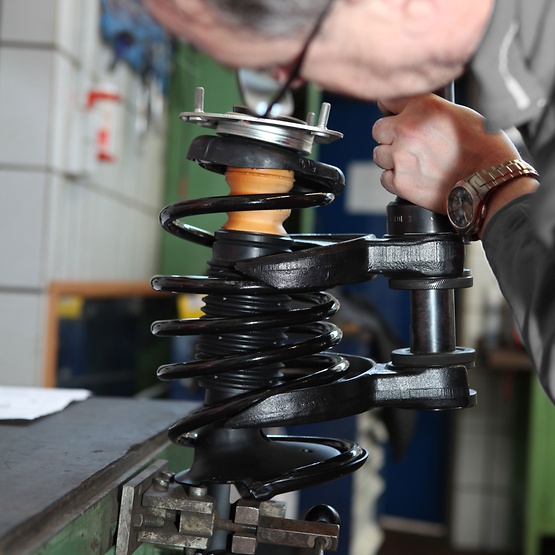
The spring tensioner can now be carefully released. In the process, continue to check that the suspension spring is placed on the strut mount and on the suspension strut plate correctly.
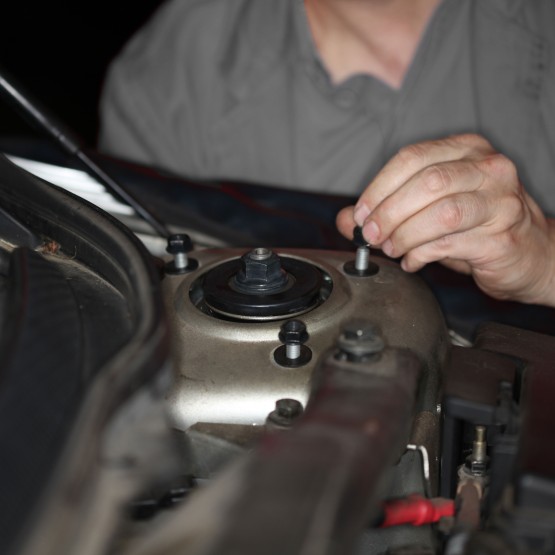
Now the entire suspension strut can be removed from the holder and refitted in the vehicle.

Then refit the wheels and perform a full wheel alignment. Finally, carry out a test drive.
ZF Aftermarket product range
Discover the complete portfolio of steering components in our product catalog.
